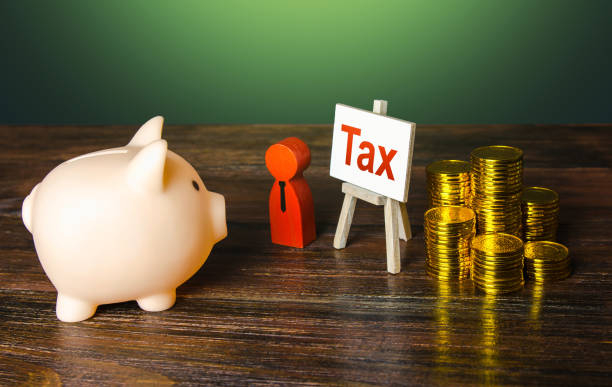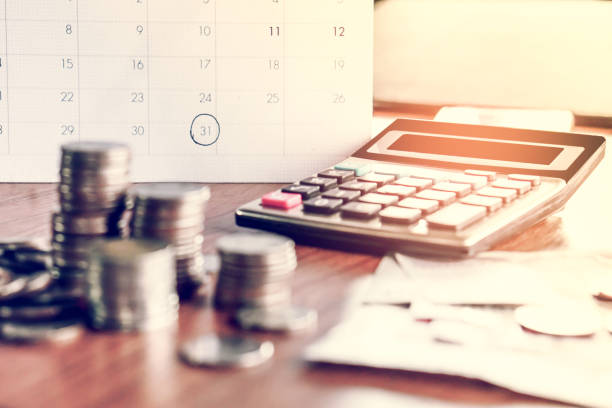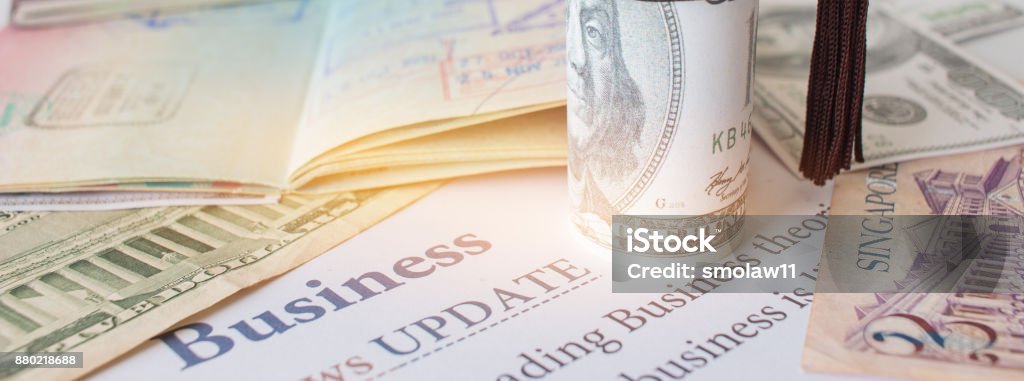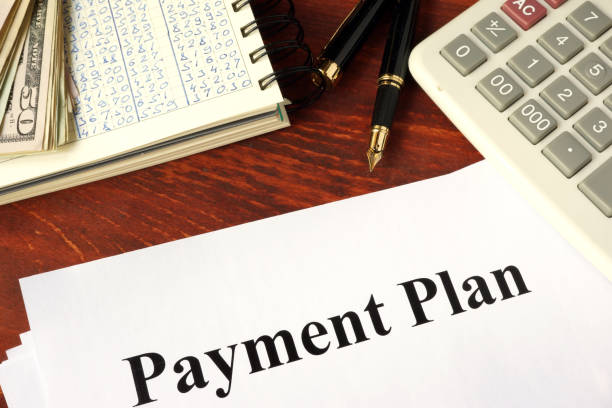
How to Deal with Credit Card Debt Effectively: A Step-by-Step Guide
Dealing with Credit Card Debt can feel overwhelming, but taking proactive steps can help you regain financial control and reduce stress. Credit card are convenient for managing expenses, but unchecked spending and high interest rates often lead to mounting debt. This blog provides a clear, step-by-step guide to help you address your debt and work towards a more stable financial future.
1. Understand the Full Scope of Your Debt
The first step to tackling Credit Card Debt is understanding how much you owe. Make a list of all your Credit card, including balances, interest rates, and minimum payments. Calculate your total debt and compare it to your monthly income.
A clear picture of your financial situation will allow you to create a realistic repayment plan. If the numbers seem unmanageable, consider consulting debt professionals for structured solutions like IVAs or debt management plans.
2. Create a Budget and Cut Back on Expenses
Once you know where you stand, create a budget to allocate more funds toward your debt. Identify non-essential expenses that can be reduced or eliminated, such as dining out or subscription services. Redirecting these funds toward your credit card repayments can make a significant difference over time.
Budgeting tools and apps can help you stay on track and visualize your progress.
3. Focus on High-Interest Credit Card Debt
High interest rates on credit cards make it difficult to clear balances quickly. Prioritize paying off the card with the highest interest rate first while continuing to make minimum payments on others. This approach, known as the avalanche method, reduces the overall cost of your debt.
Alternatively, the snowball method focuses on clearing smaller debts first for quick wins, which can provide motivation to keep going.
4. Consider Debt Consolidation
Debt consolidation can simplify your repayments and lower interest rates. By combining multiple balances into a single loan or balance transfer card, you can reduce monthly payments and streamline the repayment process.
Before choosing a consolidation option, carefully review terms and fees. Platforms like Apply for IVA can provide guidance on whether consolidation is the right choice for you.
5. Negotiate Repayment Terms
If you’re unable to meet your payment obligations, reach out to your creditors to discuss alternative arrangements. Many lenders are willing to negotiate lower interest rates or extended repayment terms to help you manage your loan.
If negotiations don’t work, more formal solutions like Individual Voluntary Arrangements (IVAs) or even bankruptcy may be worth considering, depending on your financial situation.
6. Build Better Financial Habits
Once you’ve made progress on clearing your debt, it’s crucial to adopt financial habits that prevent future problems. This includes:
- Limiting your use of credit cards to essential expenses only.
- Building an emergency fund to cover unexpected costs.
- Regularly reviewing your budget to avoid overspending.
These habits can help you stay out of debt and build a more secure financial future.
Check if you qualify for IVA7. Seek Professional Help for Debt Solutions
When debt becomes unmanageable, professional help can be a lifeline. Organizations like Apply for IVA specialize in helping individuals find effective debt solutions tailored to their unique circumstances.
Professional advisors can guide you through options like IVAs, debt relief orders, or even bankruptcy, ensuring you understand the implications of each.
Check if you qualify for IVA#CreditCardDebt #DebtManagement #LoanRepayment #DebtConsolidation #BankruptcyRelief #FinancialWellness #DebtFreeJourney





